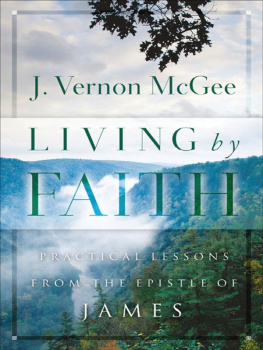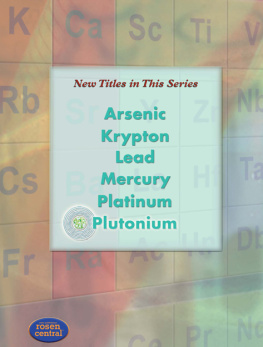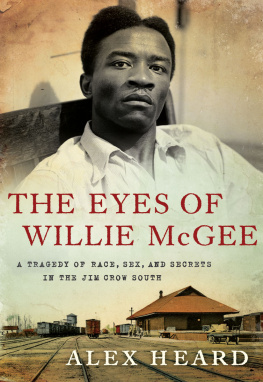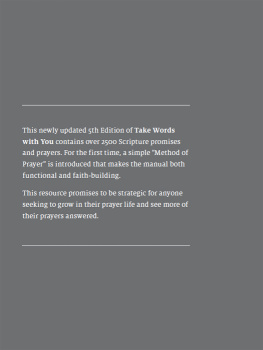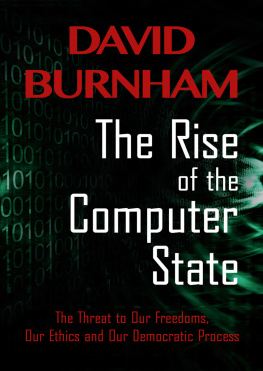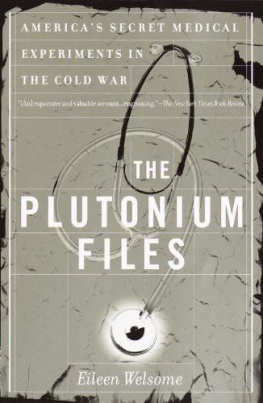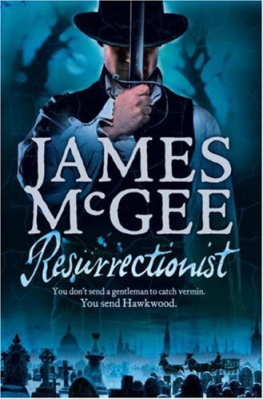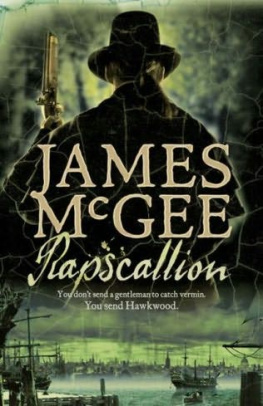The Killing of Karen Silkwood
The Story Behind the Kerr-McGee Plutonium Case
Richard Rashke

To Angeline
Introduction
One dry, cold November night in 1974, Karen Gay Silkwood left a union meeting at the Hub Caf in rural Crescent, Oklahoma, jumped into her white Honda Civic, and headed down Highway 74 toward Oklahoma City. It was 7:30 p.m., the last day of her life. On the seat next to her were the documents she had stolen from her employer, Kerr-McGee, a contractor that manufactured fuel rods filled with plutonium pellets for the Atomic Energy Commission (AEC). Silkwood planned to deliver the sensitive documents to a New York Times reporter waiting at the Holiday Inn Northwest. Her documents included doctored quality-control negatives.
Silkwood may also have had classified or government-protected Kerr-McGee inventory reports showing that forty pounds of plutonium, called material unaccounted for, or MUF, were missing from the plant. It was an open secret among Silkwoods fellow workers that the plutonium was missing. Silkwood discovered the actual size of the shortfall.
A little more than seven miles out of Crescent, Silkwoods Civic crossed over to the left side of the road, straightened out, traveled more than two hundred forty feet down a washboard shoulder, and smashed into the cement wall of a culvert running under the road. She died instantly.
Did Karen Silkwood fall asleep at the wheel, as the Oklahoma Highway Patrol ruled, or was she wide awake, as an independent accident investigator concluded? Was it a one-car crash, as stated in the police report, or did someone force her off the road, as the investigator found?
The definitive answer to those questions still lies buried under layers of secrecy in the files of the FBI, the US Department of Energy, and the Oklahoma State Bureau of Investigation, which are protected by loopholes in the Freedom of Information Act and Oklahomas Open Records Act. Those laws allow federal and Oklahoma government officials to exclude from public disclosureat their own discretiontheir secret and possibly embarrassing Silkwood files. Many years later, fellow whistle-blower Edward Snowden would face the same protective stone wall.
Its been forty years since Silkwoods death. What are government agencies still hiding? Whom are they protecting?
As troubling as the secrecy issue is after almost two and a half centuries of American democracy, the fundamental questions raised by Karen Silkwoods death and the posthumous l979 negligence trial against Kerr-McGee, detailed in the Courts and Epilogue sections of this book, are much broader. And they are as valid today as they were then. Driven by Cold War fearsboth warranted and exaggeratedthe US government and its nuclear contractors sacrificed health, safety, and the environment in order to develop weapons of mass destruction. The Silkwood story asks:
Can government regulators, politicians, the military-intelligence complex, and profit-oriented corporations be trusted to deal responsibly with nuclear energy, hazardous nuclear waste, and the production and management of highly dangerous nuclear weapons?
Do they have the will and courage to protect Americans from indifference to life, gross negligence, unaccountable mismanagement, human error, deception, corruption, and greed?
In his own way, in a different time, dealing with a different issue, Snowden asked the same questions.
In June 2013, Edward Snowden raised a storm of protest when he exposed the top-secret domestic and international snooping programs of the National Security Agency (NSA). In so doing, he thrust himself and other whistle-blowers like Karen Silkwood into the spotlight. A comparison between them adds perspective to their actions and raises two highly debatable questions: Are they heroes or traitors? Did they do more damage than good?
Any discussion of the actions of Snowden and Silkwood must begin with a definition of the term whistle-blower. A whistle-blower is someone who exposes alleged misconduct, waste, health and safety violations, fraud, corruption, or other illegal or unethical activity in an organization. The organization may be a nongovernment entity such as the tobacco or nuclear industry, a taxpayer-funded entity such as a public school, a public servant such as a president, governor, or mayor, or a major government agency like the Department of Defense (Daniel Ellsberg), the Atomic Energy Commission (Silkwood), or the National Security Agency (Snowden).
Whistle-blowing is not a recent phenomenon in America. It dates back to 1777 when two men blew the whistle on the then commander in chief of the Continental Navy. The United States is not the only democratic society with lawssome weak, some strongthat recognize the importance of whistle-blowers and offer them some measure of protection. So do Australia, Canada, England, India, Jamaica, and Ireland, among others.
Most US whistle-blowers never make the front pages of national newspapers. If they do, it is because they have leaked top-secret government documents. Such leaks force the nation to question the legality or criminality of the exposed activity and its perpetrators. Leaks also force the government to try to sentence the whistle-blower, as it did with Daniel Ellsberg for leaking the Pentagon Papers and as it threatens to do with Edward Snowden, if it can ever extradite him back to the United States. The government didnt have the chance to consider prosecuting Karen Silkwood. She conveniently died when her car crashed into a cement retaining wall.
Both Snowden and Silkwood worked for US government contractors that were privy to government-protected or classified information. Snowden was employed by NSA contractor Booz Allen Hamilton. Silkwood worked for Kerr-McGee, a contractor for the AEC.
Neither Snowden, who was twenty-nine when he leaked the NSA documents, nor Silkwood, twenty-eight at the time of her crash, completed college, and both held low-level employment positions. Snowden was a systems analyst. Silkwood was a laboratory technician. Snowden discovered that the NSA was spying on Americans. Silkwood discovered that Kerr-McGee was allegedly manufacturing defective fuel rods filled with plutonium pellets, and that forty pounds of plutonium were missing from the companys inventory.
Snowden dealt with government snooping and felt that Americans had the right to know how their government was invading their privacy. Silkwood dealt with life-and-death issues. She was concerned about worker health and safety and massive threats to the environment. She felt that the only way to protect her fellow workers and the environment was to expose corporate and government negligence and deceit.
Both Snowdens and Silkwoods motives have been called into question. Was Snowden a traitor posing as a hero? Was he working with China or Russia? Did Silkwood blow the whistle to get revenge against Kerr-McGee? Was she trying to win contract concessions for her union, which was embroiled in negotiations involving the health and safety of Kerr-McGee workers?
Both Snowden and Silkwood tried to warn appropriate authorities about the perceived abuse. When those parties didnt act, they both went public. Snowden claimed he approached his superiors before he blew the whistle and that they did nothing. Whether his claim was true or not will probably never be known. Key documents may have been destroyed. Silkwood and two fellow union officials met with AEC executives in Washington two months before she was killed. They presented a laundry list of specific health and safety violations at the Kerr-McGee plant. (Chapter two of this book details these violations.) The AEC did nothing.
Next page

